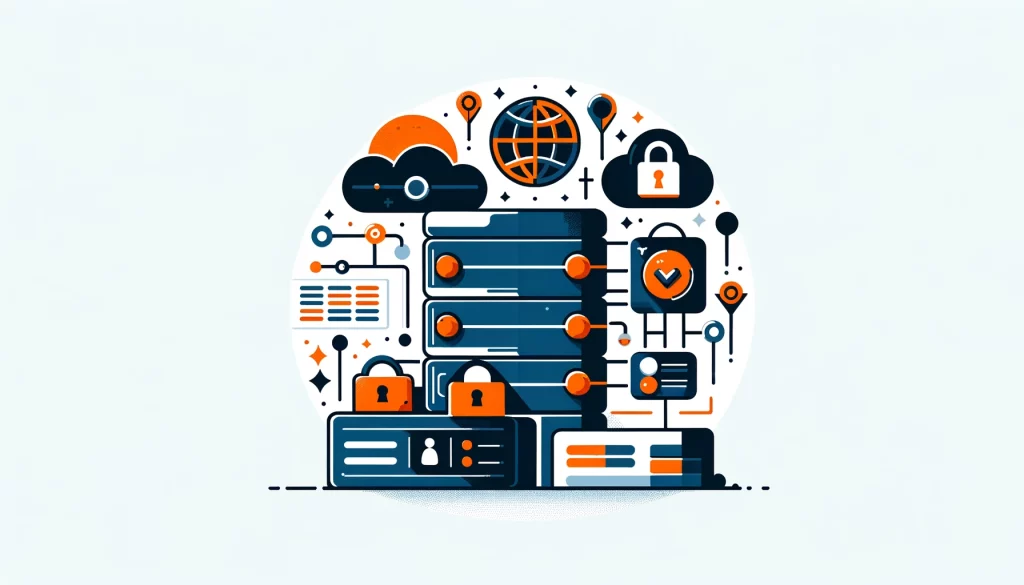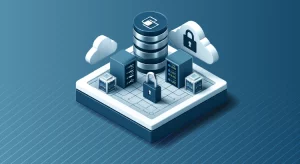
Redshift Authentication

Amazon Redshift is a powerful tool for storing and analyzing data in the cloud. It helps organizations manage large amounts of data. As with any data storage system, ensuring the security of your cluster is of utmost importance. This is why Redshift authentication is necessary to know.
Authentication is confirming who users are and allowing them to access resources based on their credentials and permissions.
Exploring Redshift Authentication Methods
Redshift offers several authentication methods to cater to different security requirements and user preferences. The most common authentication methods include standard authentication, SSL authentication, and IAM authentication.
Organizations can choose a method based on their security policies. Each method has its own strengths and factors to consider.
Standard Redshift Authentication
Standard authentication is the most basic method for accessing your Redshift cluster. It involves using a username and password combination to authenticate with the Redshift server.
Users must give the server’s name or IP address and the port number to connect to the Redshift database. The hostname or IP address will identify the server hosting the database. The port number is necessary to establish the connection.
While standard authentication is easy to set up and use, it has some limitations. Access is limited to certain users, and their credentials based on their role decide how much data they can see.
Additionally, standard authentication does not require SSL encryption, making it less secure compared to other authentication methods.
SSL Authentication
SSL authentication adds an extra layer of security by encrypting the connection between the client and the Redshift server. Redshift supports SSL authentication both with and without identity verification.
If users don’t confirm who they are with SSL, they can still log in using their regular username and password.
For enhanced security, organizations can opt for SSL authentication with identity verification using single sign-on (SSO). In this scenario, Amazon Redshift generates an AWS Certificate Manager (ACM) issued SSL certificate for each cluster.
This certificate guarantees a safe connection between the client and server. It does this by encrypting communication and verifying the identities of both parties in a two-way SSL session.
IAM Redshift Authentication: Leveraging AWS Identity
IAM authentication allows organizations to authenticate to Redshift using AWS Identity and Access Management (IAM) credentials. With IAM authentication, users can access Redshift using an AWS root user, an IAM user, or an IAM role.
When using an IAM user, organizations can create specific user credentials, define claim rules, and assign permissions.
You can control who can access AWS services and resources, such as creating and managing Redshift clusters. IAM users may get access keys to use AWS services with SDKs or CLI.
IAM roles add extra security by letting organizations give temporary access to Redshift clusters without using long-term credentials.
When users assume an IAM role, they receive temporary security credentials to authenticate their requests. This ensures that we limit access in time and can easily revoke it.
Granular Access Control in Redshift
Redshift authentication methods help secure access to your data warehouse. The cluster level manages access control.
Network access controls treat all users in a cluster equally, which makes it hard to control access in a detailed way. This means that every user in the cluster has the same level of access, without any difference. As a result, it becomes challenging to manage and regulate access permissions for individual users within the network.
Clusters do not have a built-in way to control access to secure objects when granted network access.
Organizations may struggle to give users varying levels of access based on their roles and data needs. This is because each user or role may have unique responsibilities and data needs. To effectively manage access levels, organizations must consider the specific needs of each user or role. This can involve implementing security measures and protocols to ensure that sensitive data is only accessible to authorized individuals.
Enhancing Redshift Security with Third-Party Solutions
To improve Redshift’s access control, organizations can use third-party solutions that work with Redshift.
These solutions increase security and control access based on user roles, data types, and other factors for added protection.
Organizations can limit user access to only the necessary data by using outside solutions. The name of this approach is least privilege access. This helps ensure that users only have access to the information they need for their tasks.
These solutions can monitor and audit in real-time, showing who is accessing the data and when.
Consider the ease of integration when exploring third-party options for Redshift security. Also, think about whether the option is compatible with your current authentication methods. Lastly, evaluate the level of control you will have over access with the third-party security option.
Organizations should also assess the vendor’s security practices and compliance certifications to ensure that the solution meets their security standards.
Securing Your Data Warehouse: Best Practices
To ensure the security of your Redshift cluster, consider implementing the following best practices:
- Use strong and complex passwords and regularly rotate them to minimize the risk of unauthorized access.
- Enable SSL authentication whenever possible to encrypt the connection between the client and the Redshift server.
- Leverage IAM authentication to manage access through AWS Identity and Access Management, providing an additional layer of security and control.
- Look into outside options that provide detailed access control and monitoring to improve the security of your Redshift cluster.
- Check user access regularly to make sure they only have the permissions they need for their tasks.
- Implement a comprehensive security strategy that includes regular security assessments, vulnerability scanning, and incident response planning.
Follow these tips and stay ahead of security threats to keep your Redshift cluster safe. This will help safeguard your data and maintain trust with stakeholders.
Conclusion
Redshift authentication is a critical component of securing access to your data warehouse.
Organizations can protect their data by understanding various methods of verifying identity. They can also utilize third-party tools for detailed access control. These measures help in establishing a robust security system. This helps create a strong security system.
Protecting your Redshift cluster is crucial as data remains a valuable asset for organizations.
To keep your data safe and help your team make better decisions, use strong security measures and follow best practices. This will ensure that your team can work more effectively while protecting your information. Strong security measures are important for safeguarding sensitive data and preventing unauthorized access. Following best practices will also help your team analyze information more accurately and make informed decisions.
